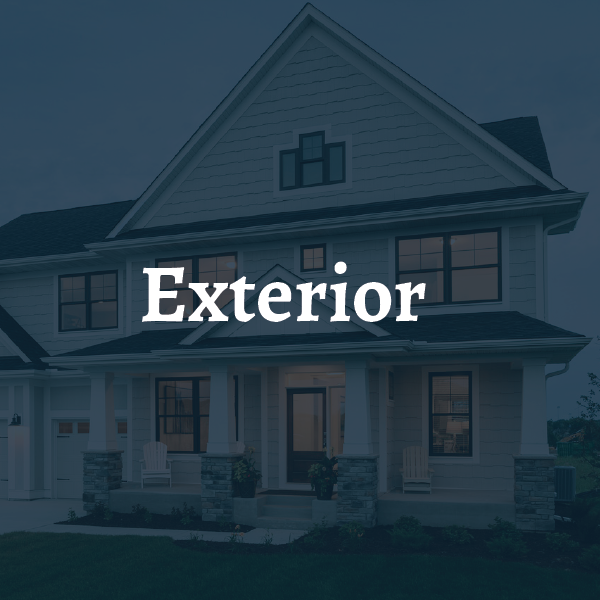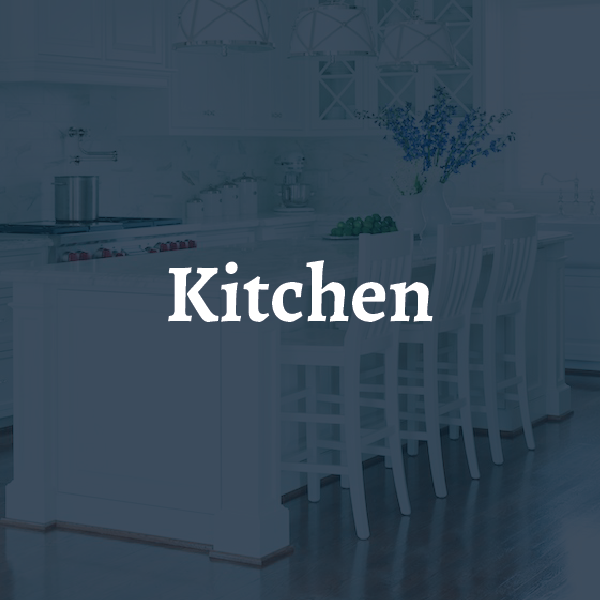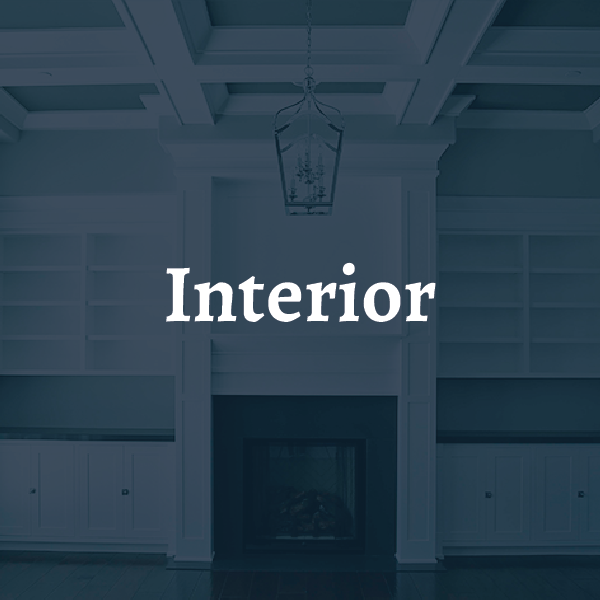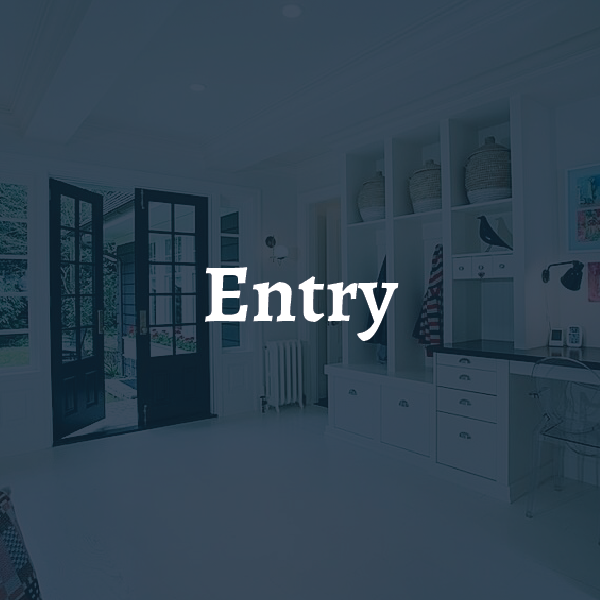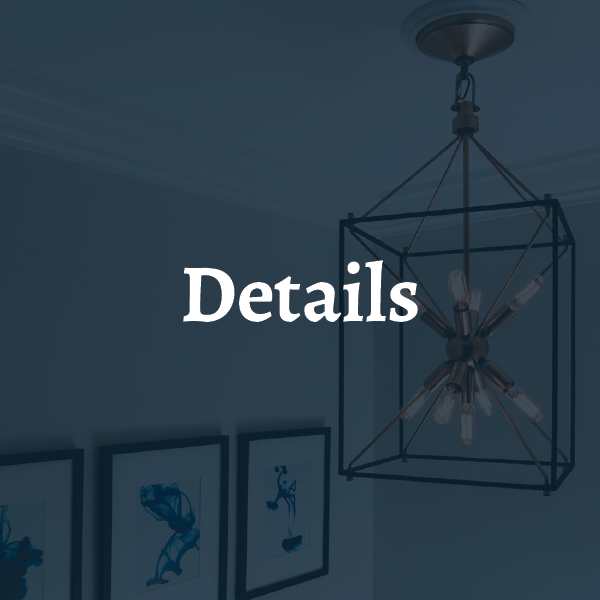Project Gallery
What Does Building Green Mean?
Green buildings are sited, designed, constructed and operated to enhance the well being of occupants and to minimize negative impacts on the community and natural environment.
Characteristics of green buildings:
- Provide a healthier and more comfortable environment
- Improve long-term economic performance
- Incorporate energy and water efficient technologies
- Use recycled content materials in their construction
- Reduce construction and demolition waste
- Bring higher resale value
- Landscaped for water and energy efficiency
- Include renewable energy technologies
- Improve indoor air quality
- Reduce environmental impact
- Are easier to maintain and built to last
With most of us spending more than 80% of our time indoors, building green is a healthy, common sense choice for a better life. As it stands now in traditional construction, the quality of our indoor environment is often far more polluted than outdoors due to various building materials, inadequate lighting and a variety of other variables. Homes that follow green building guidelines use healthier paints and building materials and adhere to stricter gas emission and ventilation requirements.
Building green can also mean that fewer natural resources are required during construction. According to the U.S. Department of Energy's Center for Sustainable Development, buildings consume 40% of the world's total energy, 25% of its wood harvest and 16% of its water. Compared to traditional construction, a green home takes some of this pressure off the environment.
More important than any statistic? The satisfaction you feel when you know you've done what's right for your family and your community. By promoting continued health, financial savings and social responsibility, building green is the construction standard for the future and a smart solution.

